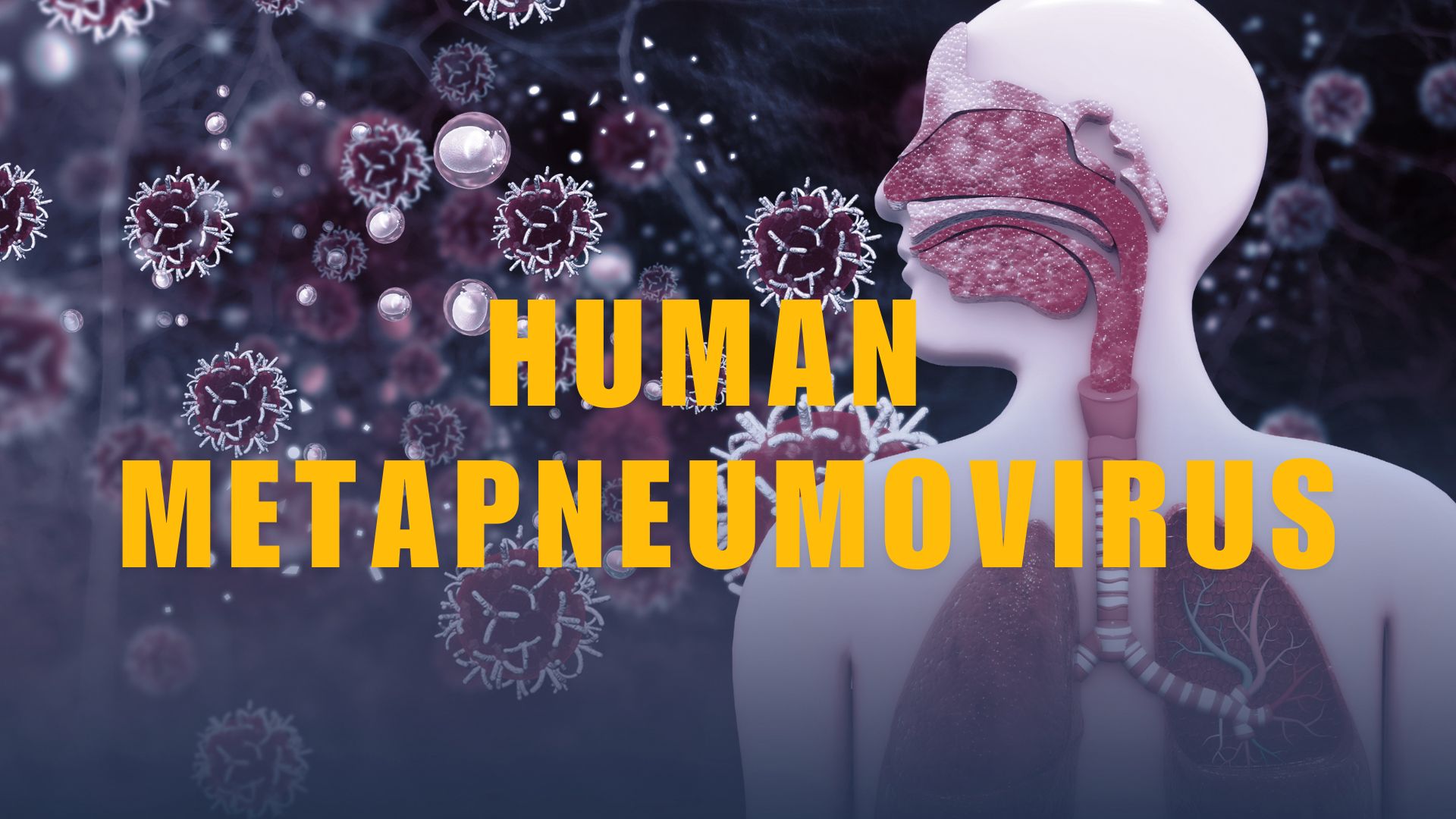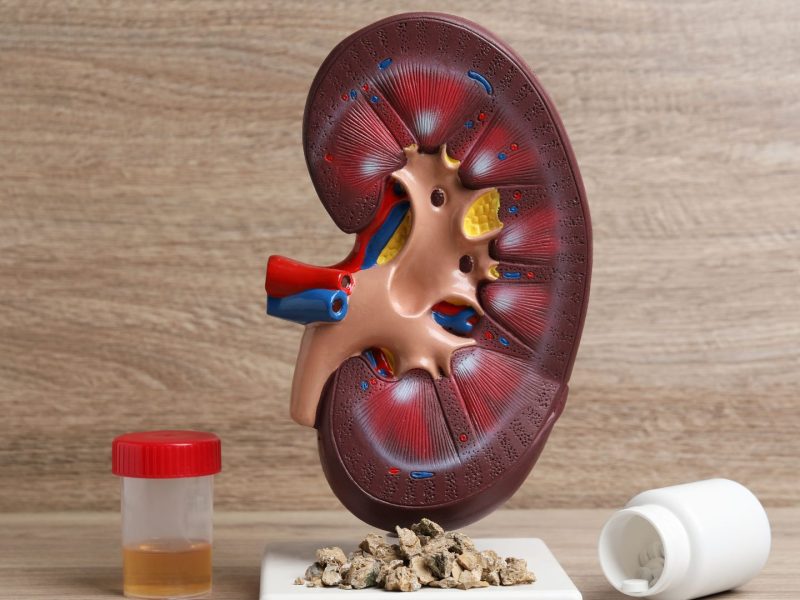Have you ever had what seemed like a really bad cold, but your doctor said it wasn’t the flu? You might have encountered HMPV, or Human Metapneumovirus. As someone who’s spent years studying respiratory infections, I want to share everything you need to know about this common but often overlooked virus.
What Exactly is HMPV?
Human Metapneumovirus might sound like a complicated medical term, but think of it as a cousin to RSV (Respiratory Syncytial Virus). Discovered in 2001 in the Netherlands, HMPV has actually been around for at least 50 years. Isn’t it fascinating how a virus can fly under the radar for so long?
Quick Facts About HMPV:
- It belongs to the Pneumoviridae family
- Affects people of all ages
- Most active during late winter and early spring
- Can cause both upper and lower respiratory infections
How HMPV Spreads
Just like catching a cold, HMPV spreads through close contact with infected individuals. When someone with HMPV coughs or sneezes, they release tiny droplets containing the virus into the air. These droplets can land on surfaces and remain infectious for several hours. That’s why you might catch it from touching a doorknob or sharing items with an infected person.
Recognizing HMPV Symptoms
How do you know if you’ve got HMPV? The tricky part is that symptoms often mimic those of other respiratory infections. Here’s what to watch for:
Common Symptoms:
- Coughing (often worse at night)
- Runny or stuffy nose
- Fever
- Shortness of breath
- Wheezing
- Sore throat
- Fatigue
For most healthy adults, HMPV feels like a bad cold. However, certain groups need to be extra cautious.
Who’s Most at Risk?
While anyone can catch HMPV, some people are more vulnerable to severe infections:
High-Risk Groups:
- Young children (especially under age 2)
- Elderly adults (65 and older)
- People with weakened immune systems
- Those with chronic heart or lung conditions
- Transplant recipients
Diagnosis and Treatment
Here’s something surprising: many doctors don’t routinely test for HMPV unless you’re hospitalized or in a high-risk group. Why? Because the treatment approach is usually the same regardless of which respiratory virus you have.
Treatment Options:
Most cases are managed with supportive care:
- Rest and plenty of fluids
- Over-the-counter pain relievers for fever
- Humidifiers to ease breathing
- Saline nasal drops for congestion
When to See a Doctor:
Don’t hesitate to seek medical attention if you experience:
- Difficulty breathing
- High fever that won’t break
- Symptoms that worsen after initially improving
- Severe dehydration
Prevention: Your Best Defense
The good news? The same strategies that protect against colds and flu work for HMPV too:
- Wash hands frequently with soap and water
- Avoid touching your face with unwashed hands
- Keep surfaces clean and disinfected
- Stay home when sick
- Use tissues when coughing or sneezing
- Maintain good ventilation in indoor spaces
Long-term Health Impact
Most people recover fully from HMPV within 1-2 weeks. However, research shows that early childhood infections might influence respiratory health later in life. Scientists are studying whether HMPV infections could contribute to the development of asthma or other chronic respiratory conditions.
Latest Research and Developments
The medical community is making exciting progress in understanding and fighting HMPV:
Current Research Areas:
- Vaccine development
- New antiviral treatments
- Better diagnostic tools
- Understanding virus mutations
- Connection to other respiratory conditions
Living with HMPV: Tips for Recovery
If you’re currently dealing with an HMPV infection, here are some practical tips:
- Create a comfortable recovery environment
- Keep your room at a comfortable temperature
- Use a humidifier
- Ensure good air circulation
- Stay well-hydrated
- Drink warm liquids
- Try electrolyte solutions
- Avoid alcohol and caffeine
- Monitor your symptoms
- Keep a symptom diary
- Track your temperature
- Note any changes in breathing
The Bottom Line
HMPV might not make headlines like flu or COVID-19, but it’s an important virus to understand. By recognizing symptoms early and taking appropriate precautions, you can protect yourself and your loved ones from severe infections.
Remember: while HMPV can be serious, most people recover completely with proper care and rest. Stay informed, practice good hygiene, and don’t hesitate to seek medical attention when needed.
Key Takeaways:
- HMPV is a common respiratory virus affecting all age groups
- Symptoms resemble those of other respiratory infections
- Prevention methods mirror those for colds and flu
- Most cases resolve with supportive care
- High-risk groups should be especially vigilant
Have you experienced HMPV? Share your story in the comments below to help others learn from your experience!



